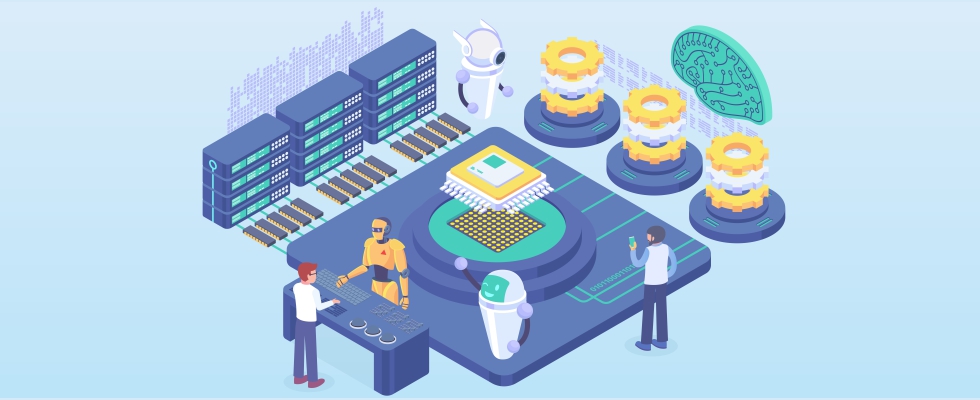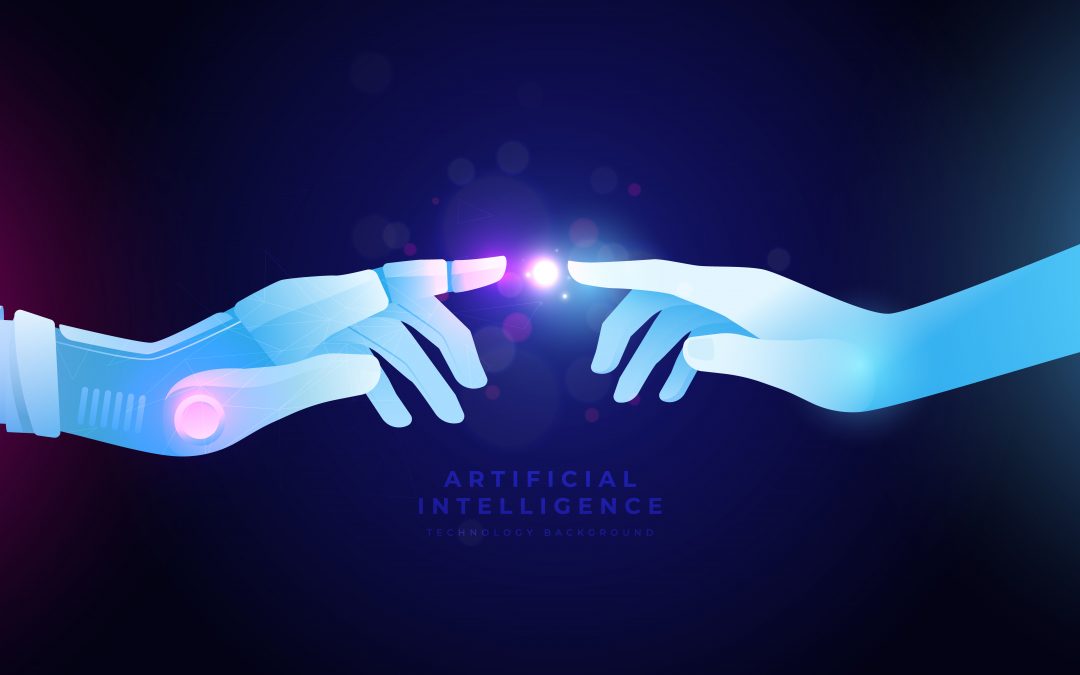
The Age of AI: Improving Patient Experience
The field of medicine is rapidly changing, with new technologies like Artificial Intelligence (AI) tools being used more extensively.

The field of medicine is rapidly changing, with new technologies like Artificial Intelligence (AI) tools being used more extensively.

The focus on leveraging modern technologies in the healthcare industry has traditionally been towards clinical research, remote diagnostics, and data management. However, as the industry grows, equal focus is necessary on the application of technologies in revenue cycle management.

We have come a long way from treating data as a pure technology topic that is separate from the healthcare industry. For a decade or longer, data analysis has become an integral part of the healthcare industry. The crucial question here is to ask is whether we’re efficiently analyzing the data and whether its benefits are being leveraged to the maximum.

The Healthcare industry, which is usually cautious and measured in technology adoption, saw hyper-growth in adopting digital transformation initiatives and innovations, thanks to the onset of the global pandemic.

The outbreak of COVID-19 has posed a huge challenge on the medical infrastructure of most countries. The sudden rise in the number of patients and the need to respond quickly to ensure patient care has put great importance on the need for seamless interoperability in the healthcare industry.

Computer vision is a branch of Artificial Intelligence / Machine Learning (AI/ML) that tries to mimic the tasks performed by human vision. For computers, it means processing digital image and video (sequence of images) to detect objects or patterns, identification of objects, and their classification etc.